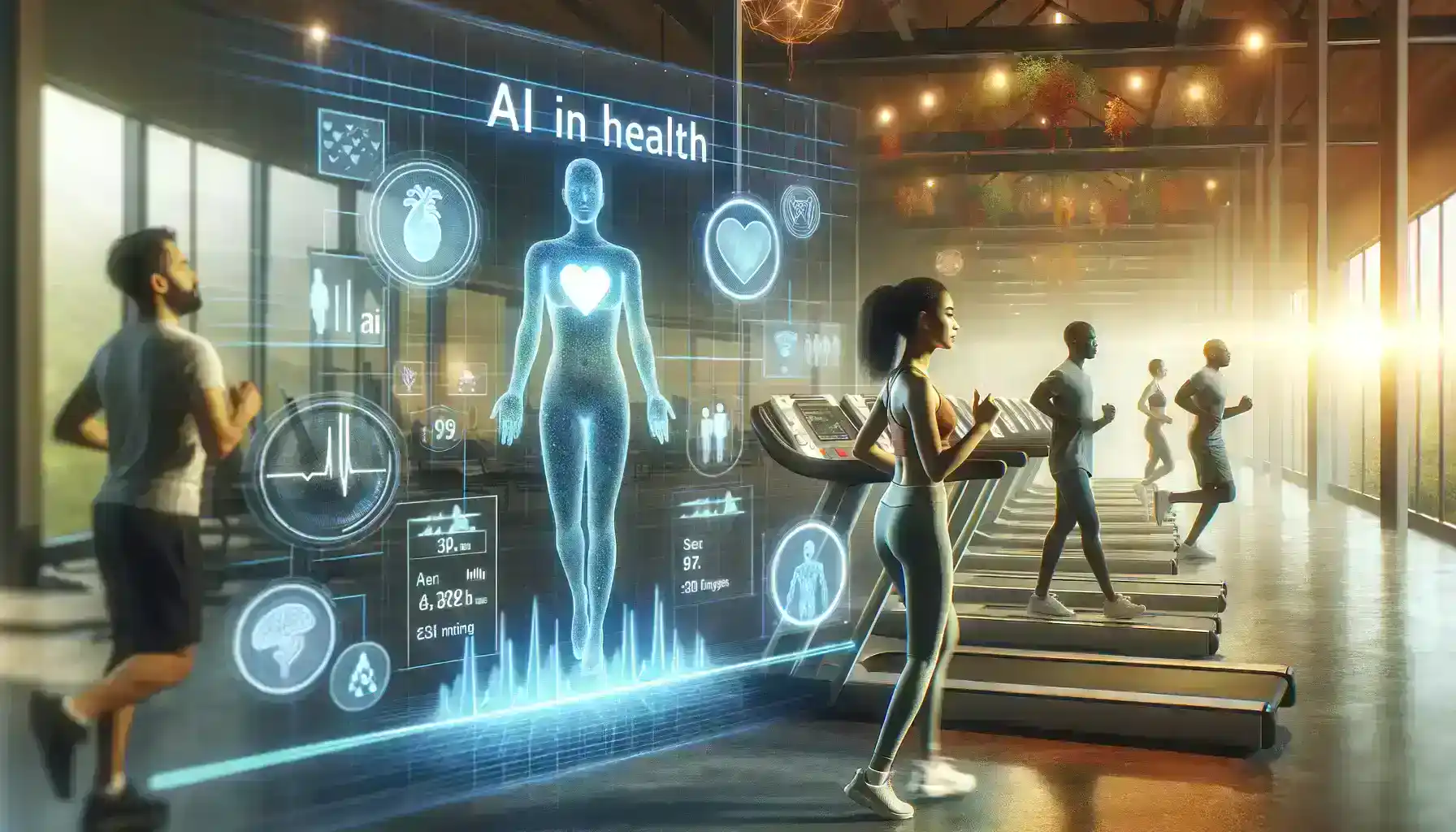The wellness industry is no longer confined to yoga studios and organic food aisles. It’s now a cutting-edge field powered by technology, transforming how we track our health, manage stress, and optimize our well-being. This convergence of wellness and technology—dubbed “wellness tech”—is making personalized health management more accessible, data-driven, and proactive than ever before. This comprehensive guide will explore the most impactful innovations driving the wellness tech revolution, from wearable devices that monitor our every move to AI-powered platforms that offer personalized mental health support.
Wearable Tech: The Personal Health Dashboard
The most visible and widespread wellness innovation is wearable technology. These devices have evolved far beyond simple step counters, becoming sophisticated tools that provide a real-time snapshot of our physical and mental state.
A. Advanced Fitness and Activity Trackers: Modern fitness trackers do much more than just count steps. They measure a wide range of metrics, including calories burned, distance traveled, and active minutes. More advanced models incorporate GPS to map runs and rides, as well as heart rate sensors that track cardiovascular health. The data they collect allows users to set and monitor personalized fitness goals, providing the motivation and information needed to stay active.
B. Sleep Monitoring Devices: Sleep is a cornerstone of wellness, and technology is now offering a deeper look into our nightly rest. Wearable devices and smart rings can track the duration and quality of sleep, differentiating between light, deep, and REM cycles. They also monitor vital signs like heart rate variability and breathing patterns. This data helps users identify poor sleep habits, understand what’s disrupting their rest, and make informed changes to improve their sleep hygiene.
C. Stress and Mental Wellness Wearables: The latest generation of wearables is expanding into mental health. These devices use biometric sensors to measure key indicators of stress, such as heart rate variability (HRV) and skin temperature. When a stressor is detected, they can send a gentle notification or guide the user through a short, in-the-moment meditation or breathing exercise. This proactive approach helps individuals become more aware of their body’s stress responses and learn effective coping mechanisms.
D. Continuous Glucose Monitors (CGMs): Originally developed for individuals with diabetes, CGMs are now gaining popularity in the broader wellness community. These devices provide real-time data on how blood sugar levels respond to different foods, exercise, and stress. This information is invaluable for optimizing diet, energy levels, and overall metabolic health, allowing users to make precise, data-driven decisions about their nutrition.
AI and Apps: The Personalized Wellness Coach
Beyond hardware, sophisticated software and artificial intelligence are delivering hyper-personalized wellness experiences, making professional-level guidance more accessible to the masses.
A. AI-Powered Nutrition Platforms: Forget generic diet plans. AI-powered nutrition apps analyze a user’s health data, dietary preferences, and even genetic information to create highly personalized meal plans. They can track micronutrient intake, suggest recipes, and offer alternative food choices to address specific health goals, from weight management to improved energy. Some apps can even analyze photos of meals to automatically log calorie counts and nutritional information, simplifying the tracking process.
B. Mental Health and Meditation Apps: The past few years have seen a boom in digital platforms dedicated to mental wellness. Apps offer guided meditation sessions, mindfulness exercises, and sleep stories. The most advanced versions use AI to personalize their content, recommending specific meditations or exercises based on a user’s self-reported mood or data from their wearable device. These apps make mental health support more immediate and private, helping to destigmatize the conversation around it.
C. Virtual Fitness and Coaching: The shift to at-home workouts has been supercharged by technology. Virtual fitness platforms offer a massive library of on-demand classes, from yoga to high-intensity interval training (HIIT). AI-powered virtual coaches can provide real-time feedback on form, motivation, and performance, simulating the experience of a personal trainer. This not only makes exercise more convenient but also helps users prevent injury and maximize their workouts.
Advanced Diagnostics and Predictive Health

Wellness tech is moving from simply tracking the present to predicting the future. New technologies are providing deeper insights into our bodies, allowing for a proactive, preventative approach to health.
A. At-Home Health Testing: The convenience of at-home testing kits for everything from vitamin deficiencies to hormone levels is changing how we approach health. These kits allow users to collect samples discreetly and send them to a lab for analysis. The results, often accompanied by personalized health reports and recommendations, empower individuals to take control of their wellness journey without repeated doctor visits.
B. Genetic Testing for Wellness: Genetic testing has become a powerful tool for personalized wellness. By analyzing a person’s DNA, these tests can reveal predispositions to certain conditions, dietary sensitivities, and how their body might respond to different types of exercise. This information allows for a truly bespoke wellness plan, tailored to an individual’s unique genetic makeup. For example, a person with a gene for slow caffeine metabolism can be advised to reduce their coffee intake.
C. Predictive Analytics: The vast amounts of data collected by wearables and apps are a goldmine for predictive health. AI algorithms can analyze this data to identify patterns and anomalies that might indicate the early stages of a health issue. For example, a sudden drop in heart rate variability could be a precursor to a cold or a sign of overtraining. This allows users to take preventative measures before a problem escalates.
The Integration of Wellness and Smart Living
The future of wellness tech isn’t just about individual devices; it’s about creating a connected ecosystem where our health data seamlessly integrates with our daily lives.
A. Smart Home Integration: Our homes are becoming hubs of wellness. Smart mirrors can analyze skin health and provide personalized skincare recommendations, while smart beds can adjust firmness to optimize sleep. Smart air purifiers and humidifiers, linked to weather data, can automatically adjust to create the ideal indoor environment for both health and comfort.
B. Telehealth and Virtual Care: The pandemic accelerated the adoption of telehealth, but wellness tech is taking it a step further. We can now have virtual consultations with nutritionists, mental health therapists, and doctors from the comfort of our homes. This removes geographical barriers, making expert advice more accessible to a wider population, and allows for more frequent check-ins and ongoing support.
C. Gamification of Wellness: To keep users engaged, many wellness apps are using principles of gamification, incorporating challenges, rewards, and social sharing features. This turns health goals into an interactive game, providing an extra layer of motivation and making the journey to wellness more fun and social.
In conclusion, technology is no longer an optional add-on to the wellness journey; it is a fundamental part of it. From wearables that provide a window into our internal health to AI that offers personalized guidance, these innovations are democratizing wellness, empowering individuals to take proactive control of their health in ways that were once unimaginable. The future of wellness is connected, personalized, and driven by data, and it promises to create a healthier, more informed world for all.













